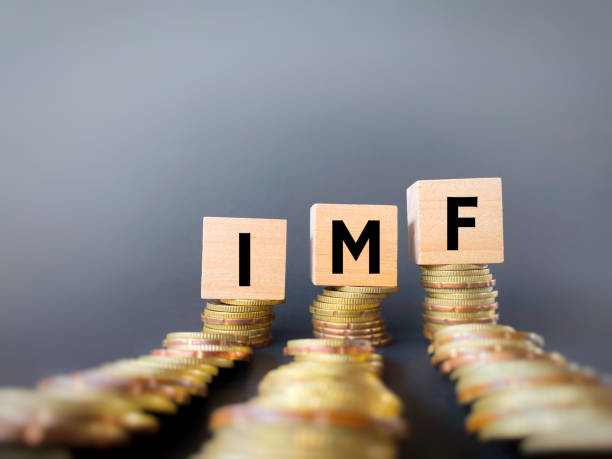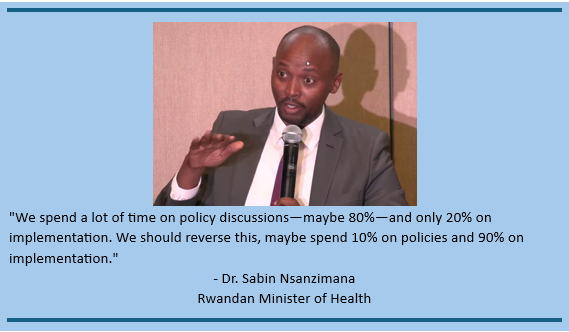Introduction:
Sub-Saharan Africa is facing a rising trend in domestic borrowing, a shift that is raising concerns within the international financial community, particularly the International Monetary Fund (IMF). Governments in the region, historically reliant on external borrowing, are increasingly turning to local sources of funding. While this approach reduces reliance on foreign creditors, it brings significant risks to both the financial stability of the region and its economic growth.
The IMF warning on domestic borrowing highlights several potential dangers, including public finance risks, the growing exposure of local banks to sovereign debt, and the broader implications for debt sustainability. This article will explore the factors driving the shift towards domestic borrowing, the challenges it poses for Sub-Saharan Africa’s economies, and the importance of managing these risks for the future prosperity of the region.
The Shift to Domestic Borrowing: What Does It Mean for Sub-Saharan Africa?
Why Are Sub-Saharan African Governments Borrowing Domestically?
Historically, many Sub-Saharan African governments have relied on external borrowing from international lenders, such as the World Bank or foreign investors, to fund development projects and manage public expenditures. However, in recent years, there has been a noticeable shift towards domestic borrowing, where governments turn to local banks and financial markets to raise funds.
This shift is driven by several factors, including the desire to reduce dependency on foreign creditors and the need to address pressing financial needs without relying on international financing. Local borrowing also allows governments to avoid the potential challenges associated with foreign currency fluctuations and the political complexities often involved in external debt negotiations.
The Risks of Domestic Borrowing
While domestic borrowing offers some advantages, it also presents several significant risks. Domestic financial markets in Sub-Saharan Africa are still underdeveloped, with limited liquidity and high borrowing costs. This means that governments may face challenges in accessing sufficient funds at affordable rates. Additionally, local banks in many African countries are already heavily exposed to sovereign debt, which can lead to banking instability if public finances deteriorate.
One of the biggest concerns associated with domestic borrowing is the potential impact on debt sustainability. As governments take on more debt, there is an increasing risk that they may not be able to service their obligations without compromising essential public services or future growth. This becomes particularly problematic if debt-to-GDP ratios rise too quickly, signaling that the debt burden is becoming unsustainable.
The Economic Impact of Increased Domestic Borrowing in Sub-Saharan Africa
Crowding Out Private Investment
One of the key economic risks of increased domestic borrowing is the potential to crowd out private investment. When governments absorb a significant portion of the available credit in the domestic market, private sector businesses may struggle to access financing for their projects. This can result in slower economic growth, as businesses are unable to expand or create jobs due to limited access to affordable credit.
Moreover, this competition for credit can drive up interest rates, making borrowing more expensive for both governments and businesses. As a result, the overall cost of capital increases, leading to fewer investments in the private sector, which are essential for job creation and economic diversification.
Implications for Debt Sustainability
In the context of debt sustainability, Sub-Saharan Africa faces a delicate balance. While borrowing can help finance much-needed infrastructure projects and public services, excessive debt can quickly become unmanageable. The IMF warning highlights the danger of governments accumulating too much domestic debt without a clear plan for repayment. If governments are unable to meet their debt obligations, it could lead to defaults or other forms of fiscal distress, destabilizing the economy.
Countries with rising domestic debt may also face downgrades in their credit ratings, which would make it even harder to borrow in the future. Debt servicing costs can consume a significant portion of national budgets, leaving less money for vital social programs like healthcare, education, and infrastructure development.
Managing the Risks of Domestic Borrowing: IMF Guidelines
IMF’s Recommendations for Debt Management
The IMF offers several recommendations for countries in Sub-Saharan Africa to manage the risks associated with domestic borrowing. Key strategies include:
- Monitoring Debt-to-GDP Ratios: Governments need to carefully monitor their debt-to-GDP ratios to ensure they are not borrowing excessively compared to the size of their economy. The IMF suggests that countries maintain a sustainable ratio to avoid overburdening public finances.
- Strengthening Financial Markets: Developing more liquid and efficient domestic financial markets can help reduce borrowing costs and provide governments with better access to capital. This would also benefit the private sector, as it would increase access to credit for businesses.
- Diversifying Sources of Finance: Governments are encouraged to explore diverse sources of funding, including international bonds and public-private partnerships, to reduce the pressure on domestic borrowing.
- Enhancing Transparency and Accountability: Effective debt management requires transparency in how borrowed funds are used. Governments must ensure that borrowed money is used for productive investments that will contribute to long-term economic growth.
The Role of Local Banks in Domestic Borrowing
Bank Exposure to Sovereign Debt
Local banks play a crucial role in domestic borrowing in Sub-Saharan Africa. As governments increasingly turn to domestic sources for financing, banks are becoming more heavily exposed to sovereign debt. This is particularly concerning if the debt levels rise too quickly, as it could lead to financial instability in the banking sector.
If public finances deteriorate and governments are unable to repay their debts, local banks could face significant losses, which could destabilize the banking system and further harm the economy. To mitigate these risks, the IMF recommends that banks adopt sound risk management practices and reduce their exposure to government debt where possible.
FAQs About Domestic Borrowing in Sub-Saharan Africa
- What is domestic borrowing, and why is it important for Sub-Saharan Africa?
Domestic borrowing refers to governments borrowing from local banks and financial institutions to finance their expenditures, which helps reduce reliance on foreign creditors. - What risks are associated with increasing domestic borrowing?
The risks include higher borrowing costs, limited access to credit for the private sector, and potential banking instability if governments are unable to meet debt obligations. - How can domestic borrowing affect economic growth?
Increased domestic borrowing can crowd out private investment, raise interest rates, and slow economic growth if credit is less available for businesses. - Why is debt sustainability a concern in Sub-Saharan Africa?
Debt sustainability is a concern because excessive debt can lead to defaults or fiscal crises, undermining the ability of governments to invest in critical infrastructure and public services. - What can the IMF do to help Sub-Saharan African countries manage domestic debt?
The IMF recommends monitoring debt-to-GDP ratios, strengthening financial markets, and ensuring transparency in how borrowed funds are used to maintain debt sustainability.
Conclusion:
The IMF warning on domestic borrowing in Sub-Saharan Africa serves as an important reminder of the challenges facing the region’s economies. While domestic borrowing can provide a short-term solution for financing development, it carries significant risks that could undermine debt sustainability and economic stability. It is crucial for governments to implement sound debt management strategies, develop efficient financial markets, and ensure transparency in their borrowing practices to safeguard their future growth and stability. As Sub-Saharan Africa navigates these challenges, the international community and the IMF will continue to play an essential role in guiding the region toward a more sustainable and prosperous future.




